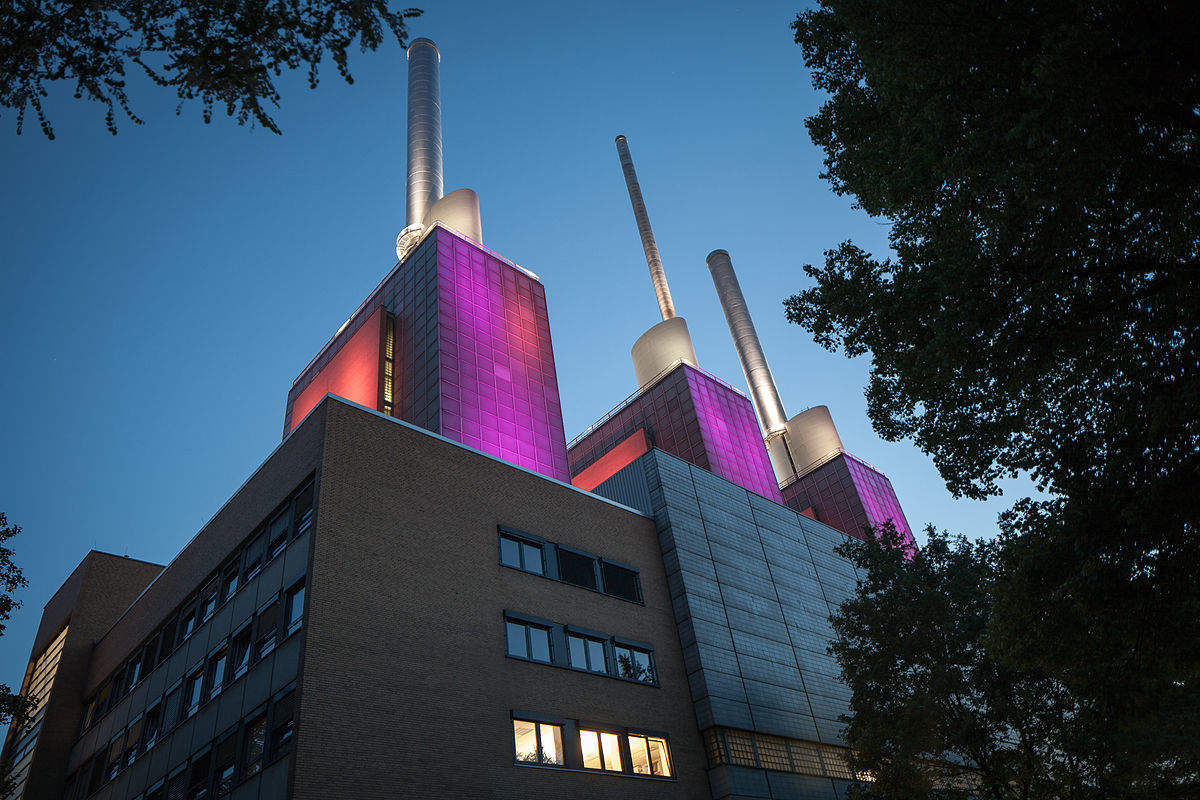
Germany has been undertaking measures to decarbonise its economy to deal with climate change. For this reason, the government has come up with a number of regulations and incentives to provide support for alternative and more efficient energy sources. The Renewable Energy Sources Act, enacted in 2000, guarantees payment for renewable power fed into the public grid, and is the most successful instrument for boosting the growth of renewables in Germany. With these measures in place, the government intends to widen its range of fuels utilised for electricity generation by 2020. The German government also targets to cut the country’s greenhouse gas (GHG) emissions by 40% and up to 95%, upon 1990 levels, by 2020 and 2050 respectively. It is expected that even firmer policies will be implemented in the future.
The country’s highly efficient cogeneration has been provided support through the Combined Heat and Power (CHP) act. The existing cogeneration act that was passed in 2012 (Kraft-Wärme-Kopplungsgesetz (KWKG 2012)) was superseded on January 1, 2016 by the new CHP Act (KWKG 2016). The new CHP Act focuses on boosting highly efficient CHP plants in Germany. The owners of CHP systems obtain bonuses for the electricity generated via their cogeneration plants. Through this act, the government aims to enhance future prospects for the growth as well as development of cogeneration systems. The new CHP Act aims sets the target for electricity generation from CHP plants at 110 terawatt hours (TWh) per year by 2020 and 120TWh per year by 2025. This is lower than the previous CHP expansion target, which was 145TWh–150TWh annually (with an objective to attain 25% of CHP share in the total electricity production), in 2020.
To date, the country’s CHP plants obtained funding support for cogeneration involving a capacity of up to 50 kilowatt (kW) and a time period of 10 years. Larger cogeneration plants with more than 30,000 full load hours also obtained funding. In the new CHP Act, the eligibility period for cogeneration involving a capacity of over 50kW and with 30,000 full load hours remained unchanged; this is not the case with mini-CHP with capacity up to 50kW where the eligibility period by full load hours has been altered to 60,000 full load hours.
As per the new CHP Act, only electricity produced from cogeneration systems is permitted to payment of a surcharge if injected into the general electricity grid. For small CHP plants involving an electric CHP capacity of up to 100kW and for CHP systems utilised for electro-intensive undertaking there are exceptions.
Promotion under the CHP Act is carried out by bonuses, which are limited in time and payable in addition to the market-based electricity price. Newly constructed, modernised and upgraded CHP plants are entitled to funding. The term ‘upgraded’ is used, for example, if an existing boiler is retrofitted with an additional new steam turbine and is therefore upgraded to a CHP plant. The term ‘modernised’ refers to an existing CHP plant where old system parts relevant to determining efficiency are replaced with new components. If the cost of such a modernisation exceeds 25%, or 50% of a complete new construction of the cogeneration plant, this modernised plant receives funding of more than 15,000 or 30,000 full-load hours. In the future, modernised CHP plants must provide sufficient evidence that they are more efficient than the old plants. Modernisation can only be realised if the existing system has reached a certain age.
A modified CHP support is also available for the cogeneration plant owner, who provides CHP electricity from cogeneration to end consumers outside of public networks and is paying the full EEG surcharge for that electricity. This regulation applies for example for operators of industrial CHP plants in industrial areas as well as operators of CHP plants supply electricity for tenants.
How well do you really know your competitors?
Access the most comprehensive Company Profiles on the market, powered by GlobalData. Save hours of research. Gain competitive edge.

Thank you!
Your download email will arrive shortly
Not ready to buy yet? Download a free sample
We are confident about the unique quality of our Company Profiles. However, we want you to make the most beneficial decision for your business, so we offer a free sample that you can download by submitting the below form
By GlobalDataCompared to previously obtainable CHP surcharges for electricity fed into the general supply grid the new CHP Act enables increases of up to 83%. On the other hand, the CHP surcharges for the usage of electricity outside of the public grid have been significantly reduced or completely omitted. Special arrangements apply if an electricity and cost-intensive industry uses self-produced electricity from cogeneration. The granted CHP bonuses correspond to the subsidy rates which were in force until the end of December 2015.
Additional bonus incentives are granted for CHP plants subject to the conditions of the Greenhouse Gas Emission Trading Law (TEHG). In addition CHP plant owners, who replace their existing CHP plant based on coal or lignite, receive a subsidy bonus of 0.6 cents / kWh over the entire funding period.
In order to minimise the administrative burden of micro-cogeneration units, owners of CHP in the power range of up to 2kW can receive their CHP surcharge payments as a flat one-time payment. This corresponds to a subsidy of EUR2.4 per kW. So far, micro-CHP systems received KWKG allowance of EUR1.623 per kW.
In September 2016, the Federal Ministry of Economic Affairs and Energy also introduced a new draft for CHP Act. The changes comprised announcement of tenders for CHP facilities involving a capacity of 1 to 50 Megawatt (MW), with the subsidy amount decided by the bids, guaranteeing that the economic CHP projects obtain support. In addition, the existing CHP systems utilised for self-consumption will continue to remain excluded from paying renewable surcharge. Towards the year-end, the German parliament consented to changes to this new CHP bill.
The following year on October 06, 2017, the Bundesnetzagentur introduced the first auction for CHP plants setting the bidding deadline date as December 01, 2017. According to the new CHP Act, the level of payments provided for electricity generated through new and modernised CHP facilities will not be set by the state but will be based on the competitive auction process. The highest price granted in bids is 7 cents/kWh (ct/kWh). The total volume of the bids available for this first auction for CHP systems is 100MW of installed capacity.
The results of the first CHP auction highlighted a very low tender volume (100 MW). A total of 20 tenders were received with a total capacity of 225MW. From these, seven projects involving a total volume of 82MW were awarded contracts, out of which three awarded projects were modernisation projects. Also, less competition was witnessed for new construction CHP projects with a lower power category against large-scale CHP projects and modernisation measures.
For more insight and data, visit the GlobalData Report Store – Power Technology is part of GlobalData Plc.



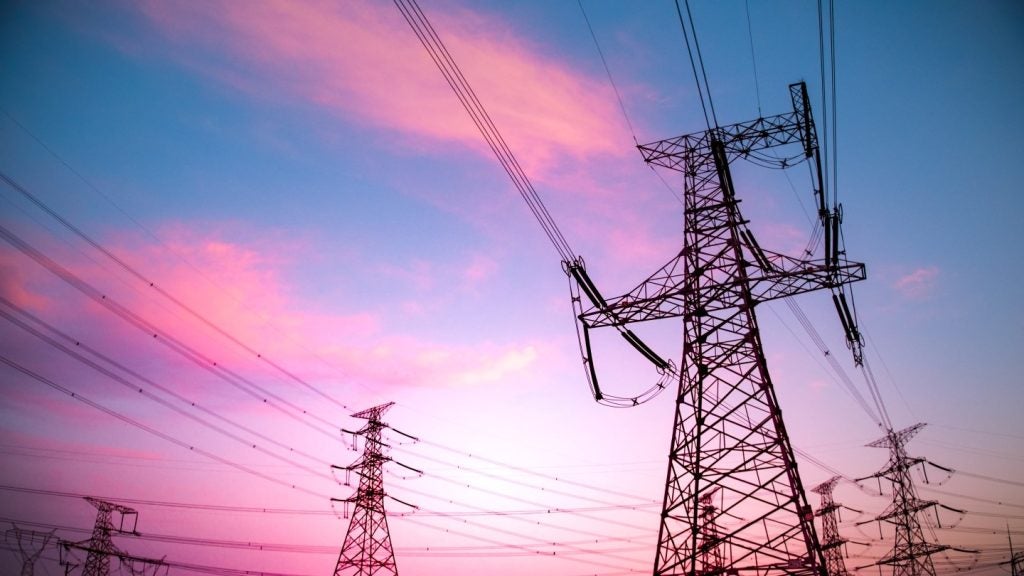
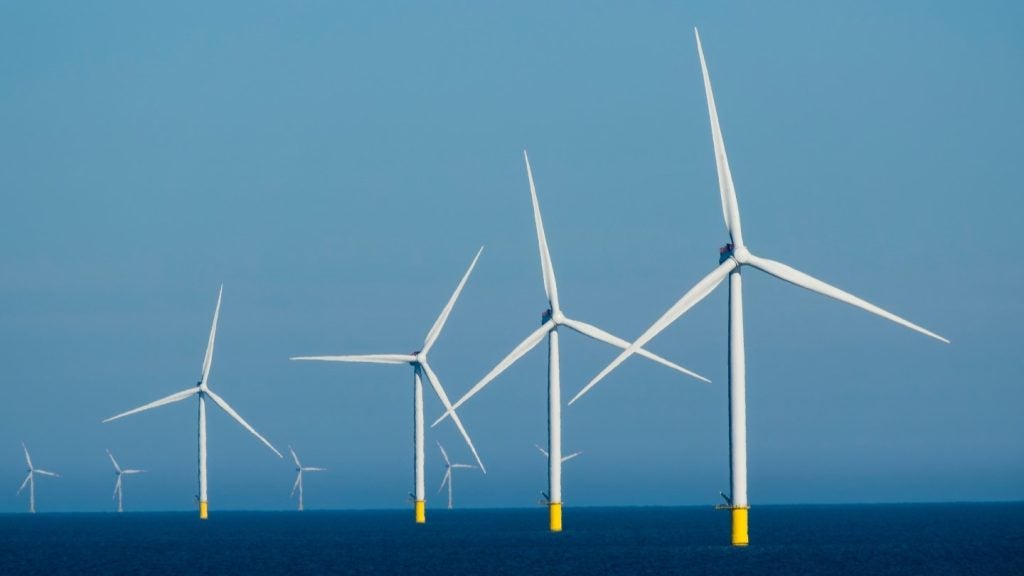
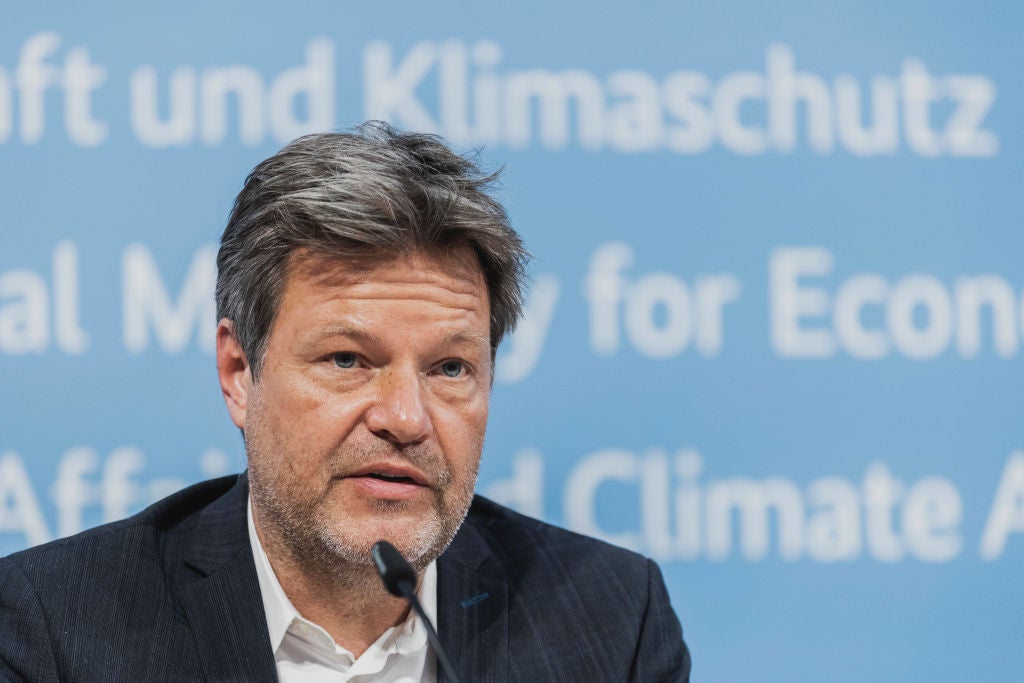
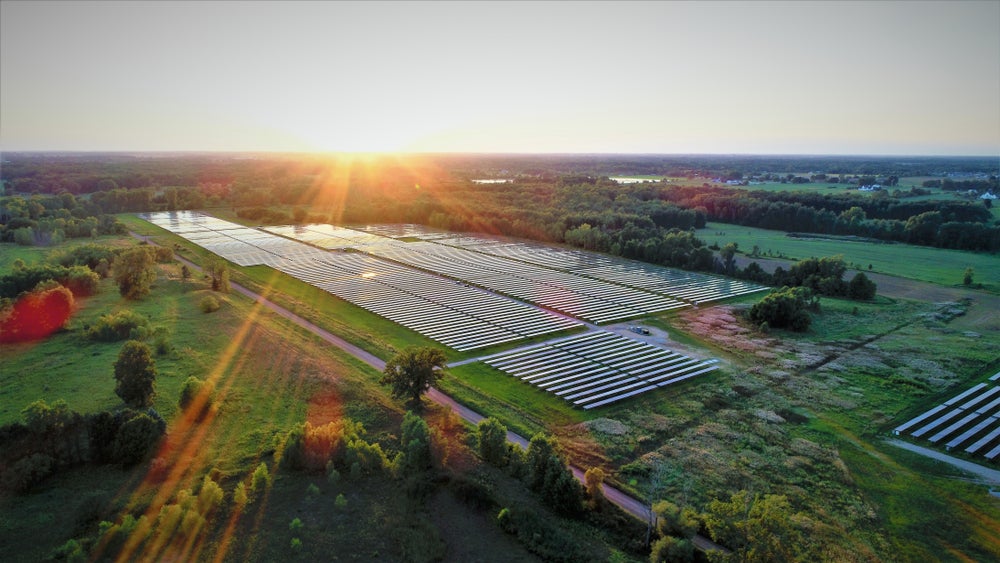

Related Company Profiles
CHP NV
Power Technology Inc
Bundesnetzagentur